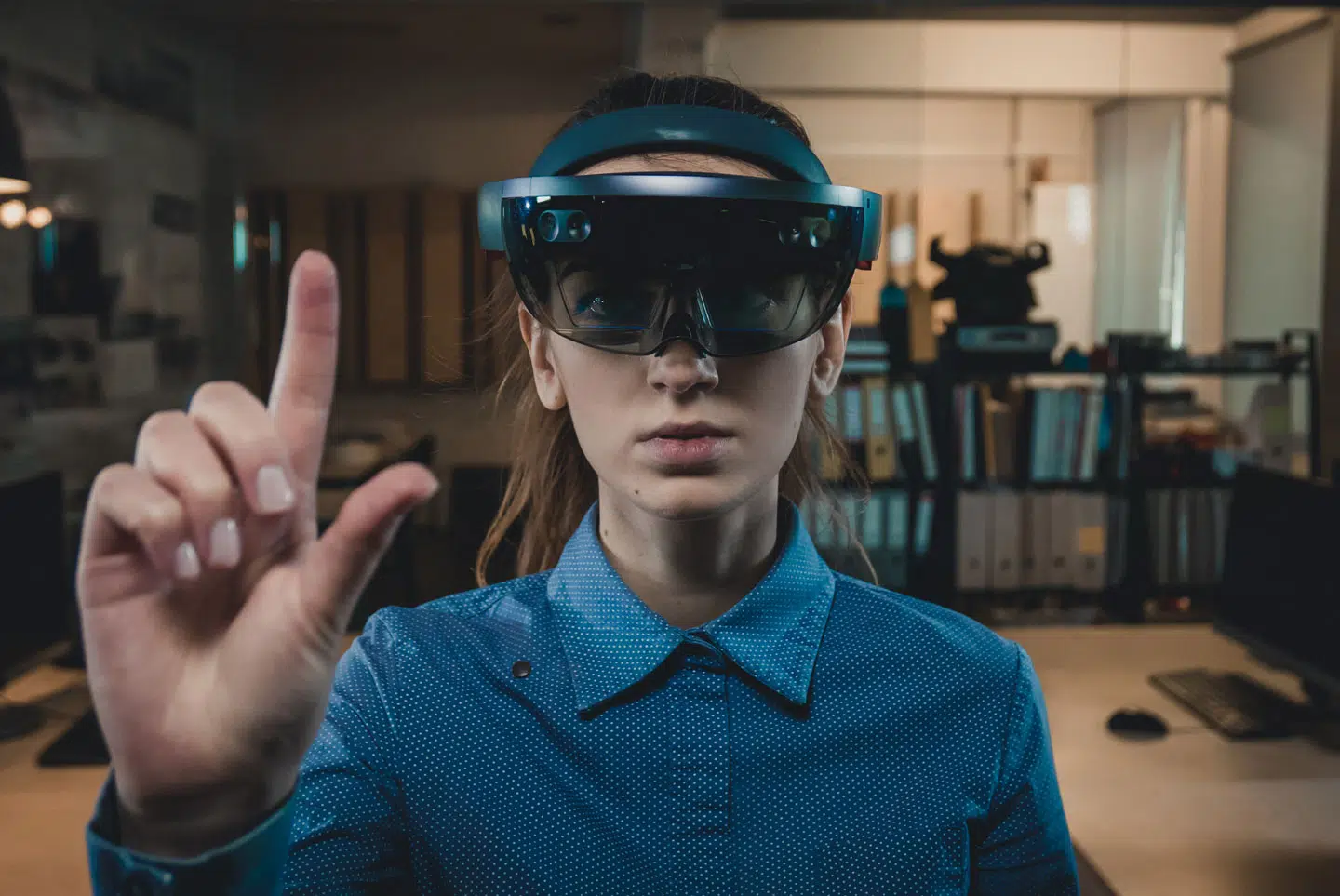Jan 19, 2024
Introduction
Augmented Reality (AR) has evolved from a futuristic concept to a tangible technology that is reshaping the way we interact with the world. One of the most exciting manifestations of AR is through AR glasses. These sleek and innovative devices have the potential to transform our daily lives, offering a seamless blend of the digital and physical worlds. In this comprehensive guide, we will explore the fascinating world of AR glasses, covering everything from how they work to their applications and the future they promise.
I. Understanding Augmented Reality:
To comprehend AR glasses, it's crucial to grasp the fundamentals of augmented reality. Unlike virtual reality, which immerses users in a completely simulated environment, AR overlays digital content onto the real world. This overlay can include information, images, or even interactive elements, enhancing the user's perception and experience.
II. How AR Glasses Work:
AR glasses leverage advanced technologies to seamlessly integrate digital content into the user's field of view. Key components include:
Display Technology: AR glasses use transparent displays, allowing users to see both the digital content and the real world simultaneously. Micro displays, waveguide optics, and beam-splitting techniques are commonly employed for this purpose.
Sensors: Embedded sensors like cameras, accelerometers, gyroscopes, and depth sensors capture the real-world environment. This data is processed in real-time to align and synchronize digital content with the user's surroundings.
Processing Power: AR glasses require powerful processors to handle the complex task of overlaying digital content onto the real world. This ensures a smooth and responsive user experience.
III. Applications of AR Glasses:
The versatility of AR glasses opens up a myriad of applications across various industries:
Enterprise: AR glasses find extensive use in enterprise settings, enabling hands-free access to information for tasks like maintenance, training, and logistics.
Healthcare: In the healthcare sector, AR glasses assist surgeons with real-time information during procedures, provide enhanced training for medical professionals, and aid in patient care.
Education: AR glasses offer immersive educational experiences, allowing students to interact with digital content in a three-dimensional space, enhancing understanding and retention.
Entertainment: Gaming, sports, and entertainment experiences are elevated through AR glasses, providing users with interactive and dynamic content overlaid onto their real-world surroundings.
IV. Challenges and Future Developments:
While AR glasses hold immense potential, they are not without challenges. Issues like form factor, battery life, and social acceptance need to be addressed for widespread adoption. However, ongoing research and development are paving the way for sleeker, more efficient, and socially acceptable AR glasses.
Form Factor: The size, weight, and aesthetics of AR glasses play a significant role in user acceptance. Future developments aim to create more compact and stylish designs.
Battery Life: The power requirements of AR glasses are demanding. Advances in battery technology are essential to extend usage durations and enhance overall convenience.
Social Acceptance: Overcoming social stigmas associated with wearing AR glasses in public is crucial. As technology evolves, we can expect a shift in perceptions, much like the acceptance of smartphones in the past.
Conclusion

AR glasses represent a transformative step in the evolution of human-computer interaction. As technology continues to advance, these devices will become more accessible, user-friendly, and integrated into our daily lives. The possibilities are boundless, from revolutionizing industries to enhancing personal experiences. The future of AR glasses holds the promise of a seamlessly augmented reality, where the digital and physical worlds harmoniously coexist.




